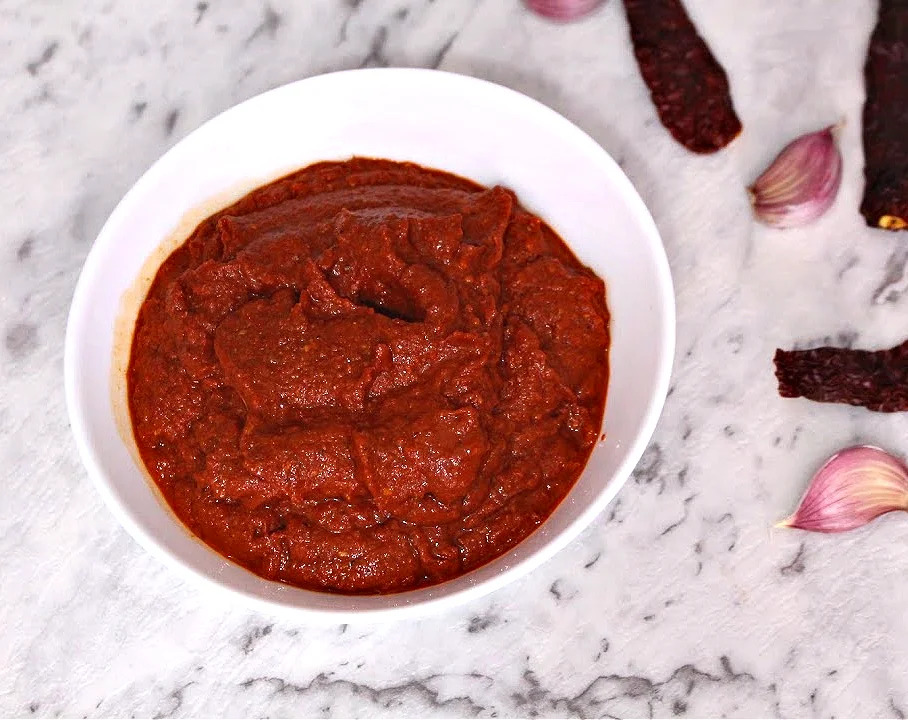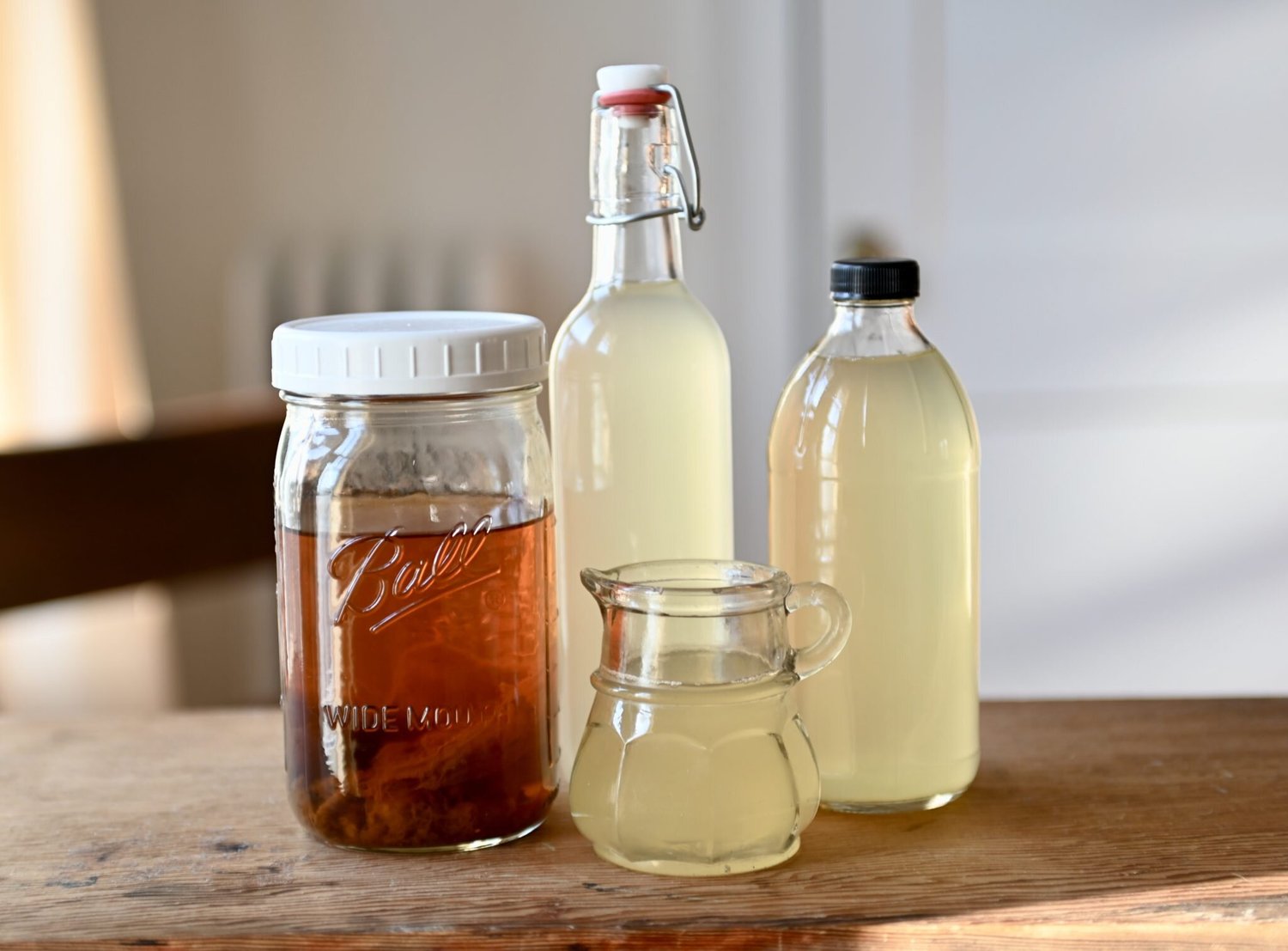
Goan Catholic cuisine is rich, flavorful, and unmistakably unique—and one of its defining ingredients is vinegar. This simple yet powerful liquid plays a key role in the bold, tangy flavors of classic dishes like sorpotel, vindaloo, and fish pickles. But how did vinegar become such a core element in the Goan Catholic kitchen?
A Portuguese Legacy
The use of vinegar in Goan Catholic cooking began with the arrival of the Portuguese in the early 16th century. They brought not only Christianity but also new cooking methods and ingredients, including wine and wine vinegar. Over time, local communities adapted these techniques to suit local tastes and ingredients, creating a fusion cuisine now known as Indo-Portuguese or Goan Catholic cuisine.
Toddy to the Rescue
While wine vinegar was common in Europe, Goans created their own version using fermented coconut toddy. Toddy vinegar, also known as palm vinegar, became the preferred choice for its sharp, tangy, and slightly sweet flavor. This locally produced vinegar gave Goan dishes their distinctive taste and allowed families to preserve food in the tropical climate.
Flavor and Preservation
In Goan Catholic households, vinegar does more than add a punch of flavor—it also preserves. In pre-refrigeration days, vinegar-based recipes helped meats and fish last longer, especially during the monsoons when fresh produce and seafood were hard to come by. Dishes like balchão and molho were made in bulk and stored for weeks, thanks to the preservative power of vinegar.
Signature Dishes That Depend on Vinegar
From the fiery pork vindaloo to the richly spiced sorpotel, vinegar is at the heart of many beloved Goan Catholic dishes. It balances out strong spices, enhances marinades, and brings depth to curries and pickles. Without vinegar, these dishes lose their soul.
Still a Kitchen Essential
Despite modern cooking methods and global influences, vinegar still holds a place of pride in Goan Catholic kitchens. Many families continue to make their own toddy vinegar or source it from local vendors to keep the tradition alive. It’s not just an ingredient—it’s a symbol of Goan identity and culinary heritage.
Conclusion
Vinegar transformed Goan Catholic food into something extraordinary. It connected local traditions with foreign influences and continues to flavor the meals and memories of generations.


